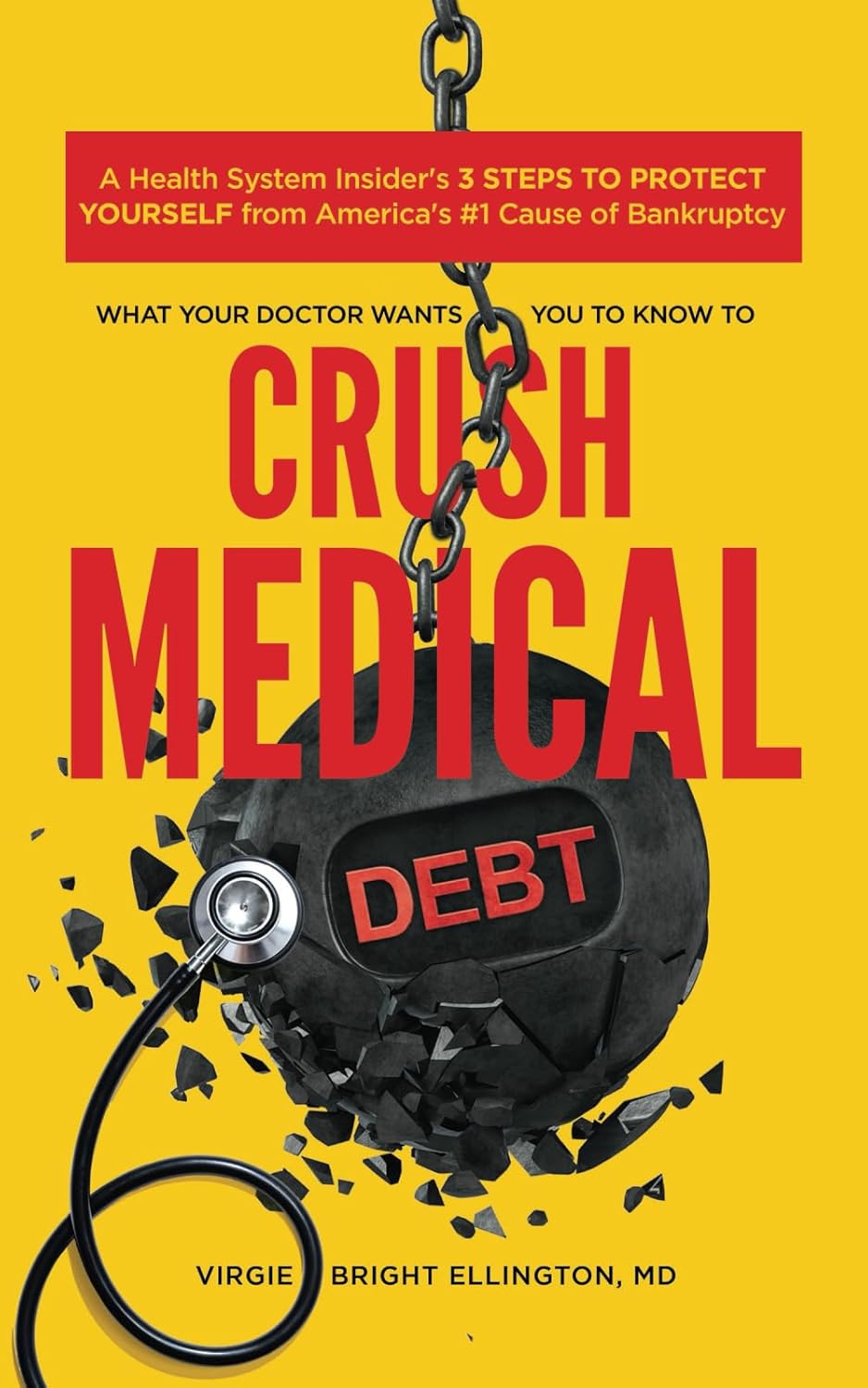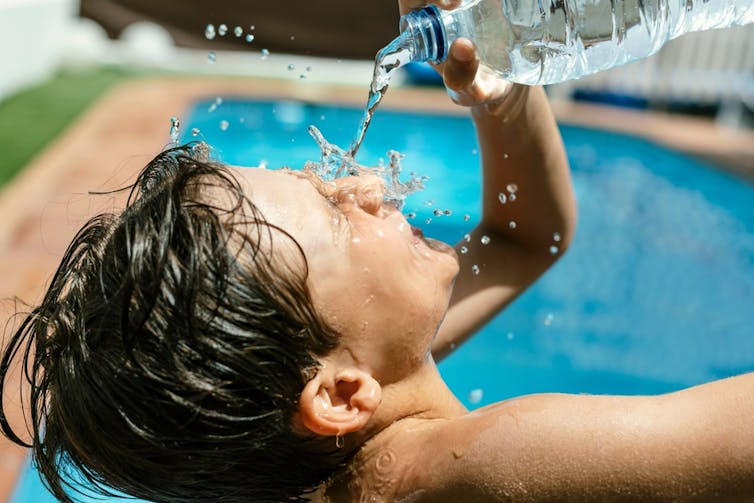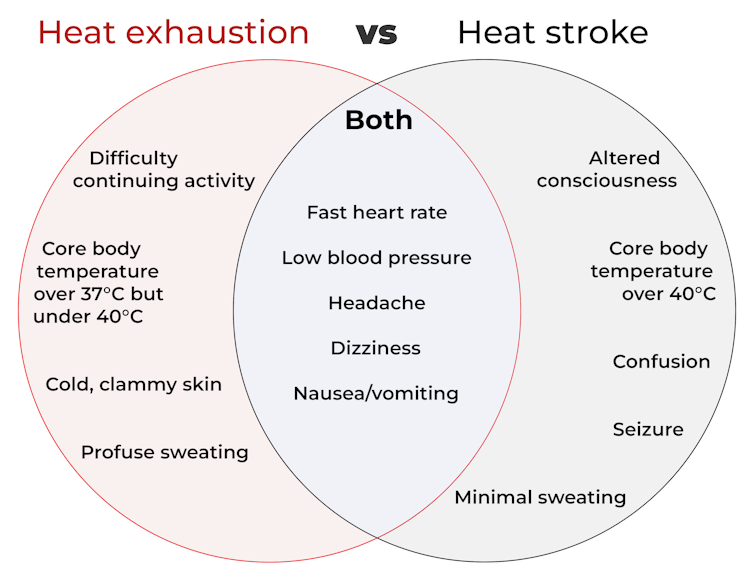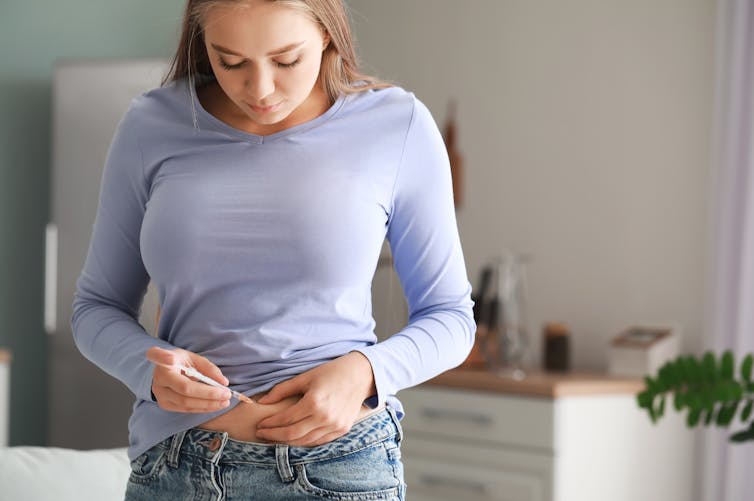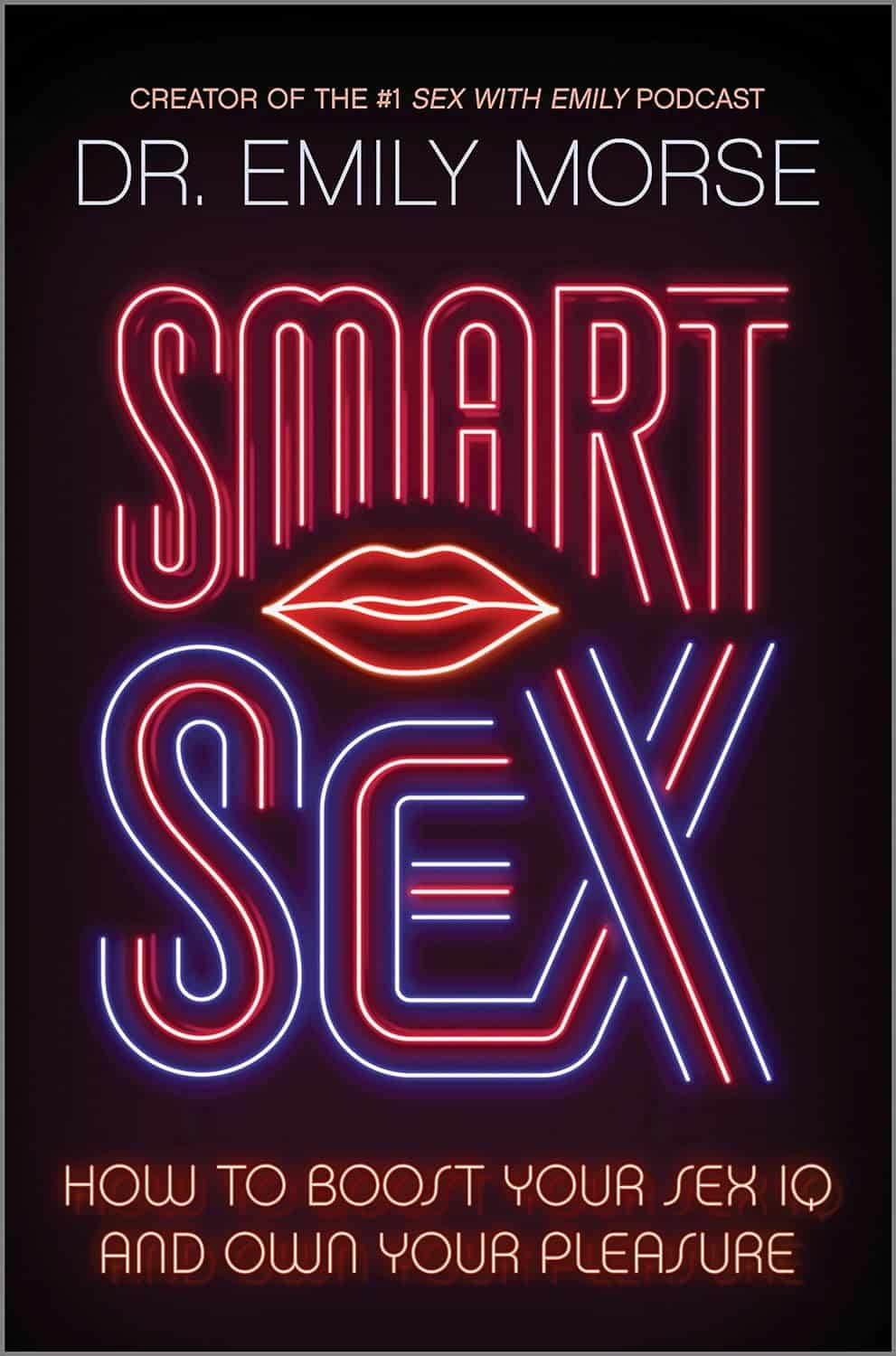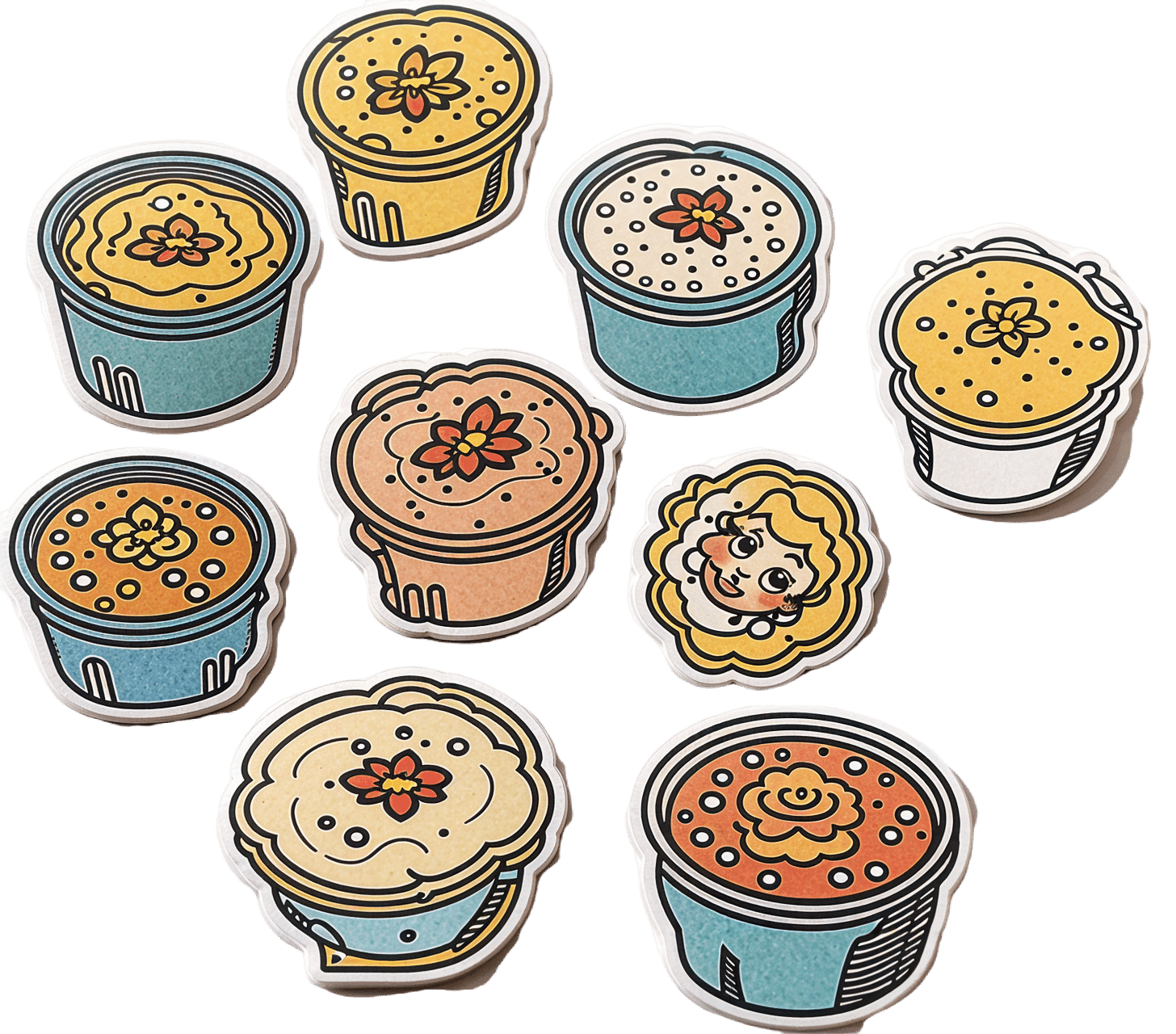
Hero Homemade Hummus
10almonds is reader-supported. We may, at no cost to you, receive a portion of sales if you purchase a product through a link in this article.
If you only have store-bought hummus at home, you’re missing out. The good news is that hummus is very easy to make, and highly customizable—so once you know how to make one, you can make them all, pretty much. And of course, it’s one of the healthiest dips out there!
You will need
- 2 x 140z/400g tins chickpeas
- 4 heaped tbsp tahini
- 3 tbsp extra virgin olive oil
- Juice of 1 lemon
- 1 tsp black pepper, coarse ground
- Optional, but recommended: your preferred toppings/flavorings. Examples to get you started include olives, tomatoes, garlic, red peppers, red onion, chili, cumin, paprika (please do not put everything in one hummus; if unsure about pairings, select just one optional ingredient per hummus for now)
Method
(we suggest you read everything at least once before doing anything)
1) Drain the chickpeas, but keep the chickpea water from them (also called aquafaba; it has many culinary uses beyond the scope of today’s recipe, but for now, just keep it to one side).
2) Add the chickpeas, ⅔ of the aquafaba, the tahini, the olive oil, the lemon juice, the black pepper, and any optional extra flavoring(s) that you don’t want to remain chunky. Blend until smooth; if it becomes to thick, add a little more aquafaba and blend again until it’s how you want it.
3) Transfer the hummus to a bowl, and add any extra toppings.
4) Repeat the above steps for each different kind of hummus you want to make.

Enjoy!
Want to learn more?
For those interested in some of the science of what we have going on today:
- Eat More (Of This) For Lower Blood Pressure
- All About Olive Oils
- Tasty Polyphenols
- Why You’re Probably Not Getting Enough Fiber (And How To Fix It)
- Our Top 5 Spices: How Much Is Enough For Benefits?
Take care!
Don’t Forget…
Did you arrive here from our newsletter? Don’t forget to return to the email to continue learning!
Recommended
Learn to Age Gracefully
Join the 98k+ American women taking control of their health & aging with our 100% free (and fun!) daily emails:
-
What Your Doctor Wants You to Know to Crush Medical Debt – by Dr. Virgie Ellington
10almonds is reader-supported. We may, at no cost to you, receive a portion of sales if you purchase a product through a link in this article.
First things first: this one’s really only of relevance to people living in the US. That’s most of our readership, but if it’s not you, then apologies, this one won’t be of interest.
For the US Americans, though, Dr. Ellington starts strong with “you got a bill—now get the right bill”, and then gives a step-by-step process for finding the mistakes in your medical bills, fixing them, dealing with insurers who do not want to live up to their part of the bargain, and how to minimize what you need to pay, when you actually arrive at your final bill.
The biggest strength of this book is the wealth of insider knowledge (the author has worked as a primary care physician as well as as a health insurance executive), and while this information won’t stay current forever, its relatively recent publication date (2022) means that little has changed since then, and once you’re up to speed with how things are now, it’ll be easy to roll with whatever changes may come in the future.
Bottom line: if you’re living in the US and would like to not be ripped off as badly as possible when it comes to healthcare costs, this book is a very small, very powerful, investment.
Share This Post
-
What’s the difference between heat exhaustion and heat stroke? One’s a medical emergency
10almonds is reader-supported. We may, at no cost to you, receive a portion of sales if you purchase a product through a link in this article.
When British TV doctor Michael Mosley died last year in Greece after walking in extreme heat, local police said “heat exhaustion” was a contributing factor.
Since than a coroner could not find a definitive cause of death but said this was most likely due to an un-identified medical reason or heat stroke.
Heat exhaustion and heat stroke are two illnesses that relate to heat.
So what’s the difference?
Studio Nut/Shutterstock A spectrum of conditions
Heat-related illnesses range from mild to severe. They’re caused by exposure to excessive heat, whether from hot conditions, physical exertion, or both. The most common ones include:
- heat oedema: swelling of the hands, feet and ankles
- heat cramps: painful, involuntary muscle spasms usually after exercise
- heat syncope: fainting due to overheating
- heat exhaustion: when the body loses water due to excessive sweating, leading to a rise in core body temperature (but still under 40°C). Symptoms include lethargy, weakness and dizziness, but there’s no change to consciousness or mental clarity
- heat stroke: a medical emergency when the core body temperature is over 40°C. This can lead to serious problems related to the nervous system, such as confusion, seizures and unconsciousness including coma, leading to death.
As you can see from the diagram below, some symptoms of heat stroke and heat exhaustion overlap. This makes it hard to recognise the difference, even for medical professionals.
CC BY-SA How does this happen?
The human body is an incredibly efficient and adaptable machine, equipped with several in-built mechanisms to keep our core temperature at an optimal 37°C.
But in healthy people, regulation of body temperature begins to break down when it’s hotter than about 31°C with 100% humidity (think Darwin or Cairns) or about 38°C with 60% humidity (typical of other parts of Australia in summer).
This is because humid air makes it harder for sweat to evaporate and take heat with it. Without that cooling effect, the body starts to overheat.
Once the core temperature rises above 37°C, heat exhaustion can set in, which can cause intense thirst, weakness, nausea and dizziness.
If the body heat continues to build and the core body temperature rises above 40°C, a much more severe heat stroke could begin. At this point, it’s a life-threatening emergency requiring immediate medical attention.
At this temperature, our proteins start to denature (like an egg on a hotplate) and blood flow to the intestines stops. This makes the gut very leaky, allowing harmful substances such as endotoxins (toxic substances in some bacteria) and pathogens (disease causing microbes) to leak into the bloodstream.
The liver can’t detoxify these fast enough, leading to the whole body becoming inflamed, organs failing, and in the worst-case scenario, death.
Who’s most at risk?
People doing strenuous exercise, especially if they’re not in great shape, are among those at risk of heat exhaustion or heat stroke. Others at risk include those exposed to high temperatures and humidity, particularly when wearing heavy clothing or protective gear.
Outdoor workers such as farmers, firefighters and construction workers are at higher risk too. Certain health conditions, such as diabetes, heart disease, or lung conditions (such as COPD or chronic obstructive pulmonary disease), and people taking blood pressure medications, can also be more vulnerable.
Adults over 65, infants and young children are especially sensitive to heat as they are less able to physically cope with fluctuations in heat and humidity.
Firefighters are among those at risk of heat-related illness. structuresxx/Shutterstock How are these conditions managed?
The risk of serious illness or death from heat-related conditions is very low if treatment starts early.
For heat exhaustion, have the individual lie down in a cool, shady area, loosen or remove excess clothing, and cool them by fanning, moistening their skin, or immersing their hands and feet in cold water.
As people with heat exhaustion almost always are dehydrated and have low electrolytes (certain minerals in the blood), they will usually need to drink fluids.
However, emergency hospital care is essential for heat stroke. In hospital, health professionals will focus on stabilising the patient’s:
- airway (ensure no obstructions, for instance, vomit)
- breathing (look for signs of respiratory distress or oxygen deprivation)
- circulation (check pulse, blood pressure and signs of shock).
Meanwhile, they will use rapid-cooling techniques including immersing the whole body in cold water, or applying wet ice packs covering the whole body.
Take home points
Heat-related illnesses, such as heat stroke and heat exhaustion, are serious health conditions that can lead to severe illness, or even death.
With climate change, heat-related illness will become more common and more severe. So recognising the early signs and responding promptly are crucial to prevent serious complications.
Matthew Barton, Senior lecturer, School of Nursing and Midwifery, Griffith University and Michael Todorovic, Associate Professor of Medicine, Bond University
This article is republished from The Conversation under a Creative Commons license. Read the original article.
Share This Post
-
What is type 1.5 diabetes? It’s a bit like type 1 and a bit like type 2 – but it’s often misdiagnosed
10almonds is reader-supported. We may, at no cost to you, receive a portion of sales if you purchase a product through a link in this article.
While you’re likely familiar with type 1 and type 2 diabetes, you’ve probably heard less about type 1.5 diabetes.
Also known as latent autoimmune diabetes in adults (LADA), type 1.5 diabetes has features of both type 1 and type 2 diabetes.
More people became aware of this condition after Lance Bass, best known for his role in the iconic American pop band NSYNC, recently revealed he has it.
So, what is type 1.5 diabetes? And how is it diagnosed and treated?
Pixel-Shot/Shutterstock There are several types of diabetes
Diabetes mellitus is a group of conditions that arise when the levels of glucose (sugar) in our blood are higher than normal. There are actually more than ten types of diabetes, but the most common are type 1 and type 2.
Type 1 diabetes is an autoimmune condition where the body’s immune system attacks and destroys the cells in the pancreas that make the hormone insulin. This leads to very little or no insulin production.
Insulin is important for moving glucose from the blood into our cells to be used for energy, which is why people with type 1 diabetes need insulin medication daily. Type 1 diabetes usually appears in children or young adults.
Type 2 diabetes is not an autoimmune condition. Rather, it happens when the body’s cells become resistant to insulin over time, and the pancreas is no longer able to make enough insulin to overcome this resistance. Unlike type 1 diabetes, people with type 2 diabetes still produce some insulin.
Type 2 is more common in adults but is increasingly seen in children and young people. Management can include behavioural changes such as nutrition and physical activity, as well as oral medications and insulin therapy.
People with diabetes may need to regularly monitor their blood sugar levels. Dragana Gordic/Shutterstock How does type 1.5 diabetes differ from types 1 and 2?
Like type 1 diabetes, type 1.5 occurs when the immune system attacks the pancreas cells that make insulin. But people with type 1.5 often don’t need insulin immediately because their condition develops more slowly. Most people with type 1.5 diabetes will need to use insulin within five years of diagnosis, while those with type 1 typically require it from diagnosis.
Type 1.5 diabetes is usually diagnosed in people over 30, likely due to the slow progressing nature of the condition. This is older than the typical age for type 1 diabetes but younger than the usual diagnosis age for type 2.
Type 1.5 diabetes shares genetic and autoimmune risk factors with type 1 diabetes such as specific gene variants. However, evidence has also shown it may be influenced by lifestyle factors such as obesity and physical inactivity which are more commonly associated with type 2 diabetes.
What are the symptoms, and how is it treated?
The symptoms of type 1.5 diabetes are highly variable between people. Some have no symptoms at all. But generally, people may experience the following symptoms:
- increased thirst
- frequent urination
- fatigue
- blurred vision
- unintentional weight loss.
Typically, type 1.5 diabetes is initially treated with oral medications to keep blood glucose levels in normal range. Depending on their glucose control and the medication they are using, people with type 1.5 diabetes may need to monitor their blood glucose levels regularly throughout the day.
When average blood glucose levels increase beyond normal range even with oral medications, treatment may progress to insulin. However, there are no universally accepted management or treatment strategies for type 1.5 diabetes.
Type 1.5 diabetes might be managed with oral medications, at least initially. Dragana Gordic/Shutterstock Type 1.5 diabetes is often misdiagnosed
Lance Bass said he was initially diagnosed with type 2 diabetes, but later learned he actually has type 1.5 diabetes. This is not entirely uncommon. Estimates suggest type 1.5 diabetes is misdiagnosed as type 2 diabetes 5–10% of the time.
There are a few possible reasons for this.
First, accurately diagnosing type 1.5 diabetes, and distinguishing it from other types of diabetes, requires special antibody tests (a type of blood test) to detect autoimmune markers. Not all health-care professionals necessarily order these tests routinely, either due to cost concerns or because they may not consider them.
Second, type 1.5 diabetes is commonly found in adults, so doctors might wrongly assume a person has developed type 2 diabetes, which is more common in this age group (whereas type 1 diabetes usually affects children and young adults).
Third, people with type 1.5 diabetes often initially make enough insulin in the body to manage their blood glucose levels without needing to start insulin medication. This can make their condition appear like type 2 diabetes, where people also produce some insulin.
Finally, because type 1.5 diabetes has symptoms that are similar to type 2 diabetes, it may initially be treated as type 2.
We’re still learning about type 1.5
Compared with type 1 and type 2 diabetes, there has been much less research on how common type 1.5 diabetes is, especially in non-European populations. In 2023, it was estimated type 1.5 diabetes represented 8.9% of all diabetes cases, which is similar to type 1. However, we need more research to get accurate numbers.
Overall, there has been a limited awareness of type 1.5 diabetes and unclear diagnostic criteria which have slowed down our understanding of this condition.
A misdiagnosis can be stressful and confusing. For people with type 1.5 diabetes, being misdiagnosed with type 2 diabetes might mean they don’t get the insulin they need in a timely manner. This can lead to worsening health and a greater likelihood of complications down the road.
Getting the right diagnosis helps people receive the most appropriate treatment, save money, and reduce diabetes distress. If you’re experiencing symptoms you think may indicate diabetes, or feel unsure about a diagnosis you’ve already received, monitor your symptoms and chat with your doctor.
Emily Burch, Accredited Practising Dietitian and Lecturer, Southern Cross University and Lauren Ball, Professor of Community Health and Wellbeing, The University of Queensland
This article is republished from The Conversation under a Creative Commons license. Read the original article.
Share This Post
Related Posts
-
Revive and Maintain Metabolism
10almonds is reader-supported. We may, at no cost to you, receive a portion of sales if you purchase a product through a link in this article.
It’s Q&A Day at 10almonds!
Have a question or a request? You can always hit “reply” to any of our emails, or use the feedback widget at the bottom!
In cases where we’ve already covered something, we might link to what we wrote before, but will always be happy to revisit any of our topics again in the future too—there’s always more to say!
As ever: if the question/request can be answered briefly, we’ll do it here in our Q&A Thursday edition. If not, we’ll make a main feature of it shortly afterwards!
So, no question/request too big or small
❝How to jump start a inactive metabolism and keep it going? THANKYOU❞
The good news is, if you’re alive, your metabolism is active (it never stops!). So, it may just need perking up a little.
As for keeping it going, well, that’s what we’re here for! We’re all in favor of healthy longevity.
We’ll do a main feature soon on what we can do to influence our metabolism in either direction, but to give some quick notes here:
- A lot of our metabolism is influenced by genes and is unalterable (without modifying our genes, anyway)
- Metabolism isn’t just one thing—it’s many. And sometimes, parts of our metabolism can be much quicker or slower than others.
- When people talk about wanting a “faster metabolism”, they’re usually referring to fat-burning, and that’s just a small part of the picture, but we understand that it’s a focal point for many.
There really is enough material for a whole main feature on metabolic tweaks, though, so watch this space!
Don’t Forget…
Did you arrive here from our newsletter? Don’t forget to return to the email to continue learning!
Learn to Age Gracefully
Join the 98k+ American women taking control of their health & aging with our 100% free (and fun!) daily emails:
-
Smart Sex – by Dr. Emily Morse
10almonds is reader-supported. We may, at no cost to you, receive a portion of sales if you purchase a product through a link in this article.
First, what this isn’t: this isn’t a mere book of sex positions and party tricks, nor is it a book of Cosmo-style “drive your man wild by using hot sauce as lube” advice.
What it offers instead, is a refreshingly mature take on sex, free from the “teehee” titillations and blushes that many books of the genre go for.
Dr. Emily Morse outlines five pillars of sex:
- Embodiment
- Health
- Collaboration
- Self-knowledge
- Self-acceptance
…and talks about each of them in detail, and how we can bring them together. And, of course, how we or our partner(s) could accidentally sabotage ourselves or each other, and the conversations we can (and should!) have, to work past that.
She also, critically, and this is a big source of value in the book, looks at “pleasure thieves”: stress, trauma, and shame. The advice for overcoming these is not “don’t worry; be happy” but rather is actual practical steps one can take.
The style throughout is direct and unpatronizing. Since the advice within pertains to everyone who has and/or wants an active sex life, very little is divided by gender etc.
There is some attention given to anatomy and physiology, complete with clear diagrams. Honestly, most people could benefit from these, because most people’s knowledge of the relevant anatomy stopped with a very basic high school text book diagram that missed a lot out.
Bottom line: this book spends more time on what’s between your ears than what’s between your legs, and yet is very comprehensive in all areas. Everyone has something to gain from this one.
Don’t Forget…
Did you arrive here from our newsletter? Don’t forget to return to the email to continue learning!
Learn to Age Gracefully
Join the 98k+ American women taking control of their health & aging with our 100% free (and fun!) daily emails:
-
The Secret Easy Tips to Loosen Your Hips In 10 Minutes
10almonds is reader-supported. We may, at no cost to you, receive a portion of sales if you purchase a product through a link in this article.
Stiff hips can often cause discomfort, and ultimately back pain because of how one thing relies on the other as its seat. However, there are ways to improve it without taking years to get to where you want to be:
One bit at a time
Warm up and massage:
- Massage the front and back of the thighs to loosen tight muscles.
- Use your body weight for effective massaging.
- Relax and breathe slowly while massaging.
Vary your stretches:
- Perform a seated butterfly stretch, but avoid overexertion.
- Move knees gently within a comfortable range of motion.
- Perform stretches like placing one foot on the opposite knee or holding legs to open hips.
- Stretch the hips while lying on the floor with bent knees.
And now for the “magic move”: lie on your stomach, bend one knee, and gently rock to loosen hip stiffness.
Generally speaking, for most stretches one can usually stretch further on one side at once, than both at the same time. So, leverage this in your flexibility training, to get each side of your body accustomed to going that bit further. Then, when your body is comfortable with that, put it together.
For more on all of this plus visual demonstrations, enjoy:
Click Here If The Embedded Video Doesn’t Load Automatically!
Want to learn more?
You might also like:
How Tight Are Your Hips? Test (And Fix!) With This
Take care!
Don’t Forget…
Did you arrive here from our newsletter? Don’t forget to return to the email to continue learning!
Learn to Age Gracefully
Join the 98k+ American women taking control of their health & aging with our 100% free (and fun!) daily emails:


